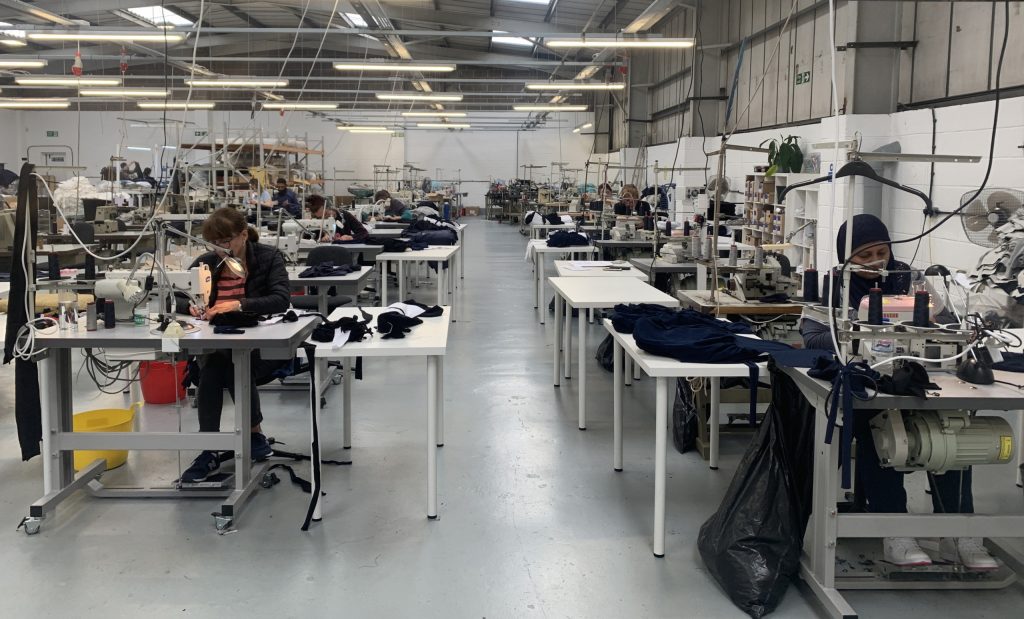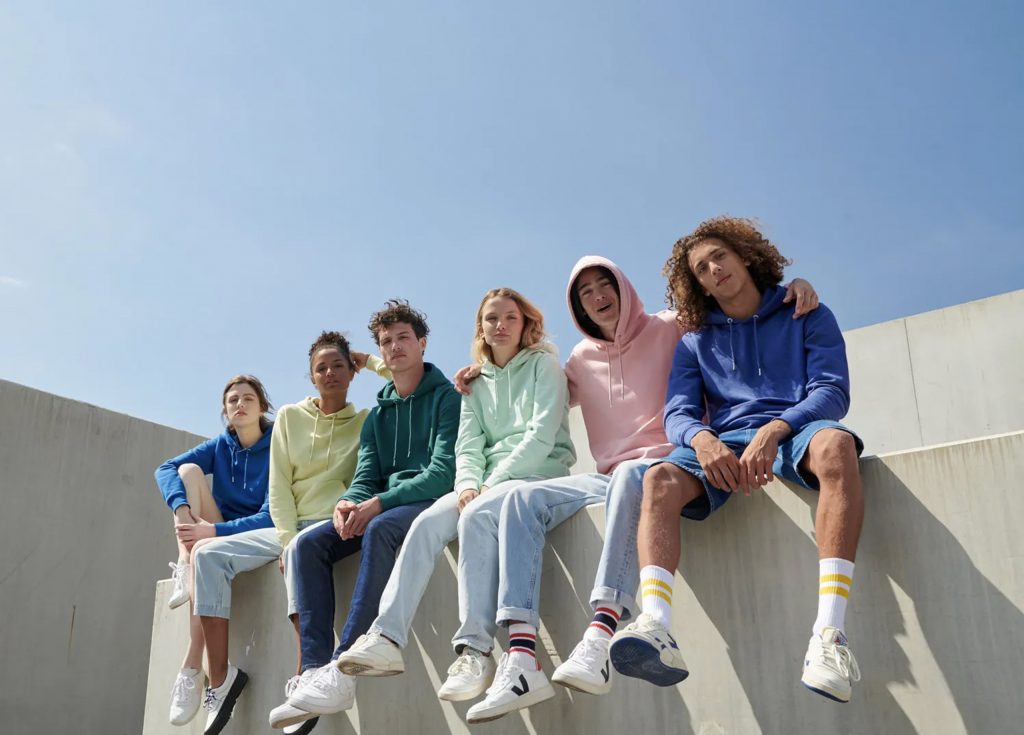Thinking of starting a clothing brand and don’t know where to begin? Here are two options that could help you to work out which route is most suitable for you. Like most things, money has a large role to play in anything and everything that we do. This is also true when developing a clothing collection. The first option, of blank garments, is recommended for anyone who has between £500 – £5,000 in savings, ready to spend on setting up a clothing brand. The second option, of bespoke collections, is for those with investment of between at least £10,000 – £50,000 to put towards a serious start-up clothing brand.
1. Customised blank garments
There are many blank garment suppliers out there – otherwise known as white label. These companies produce products on mass, often in the far east, to offer you different products, at low cost, in a range of styles, colours and sizes.
What are the advantages of blank garments?
Blank garments allow you to order anything from one unit – this is perfect for start-up companies on a budget. It is also environmentally friendly as it means you can react to orders received, and only order the exact number of garments you need. Pricing is usually cheap, as the garments are made on mass abroad, making it easily accessible to start-ups.
What are the disadvantages of blank garments?
You are restricted to the colours and styles that are on offer, though a lot of blank garments suppliers are now producing multiple styles per season that are fashionable and on trend. Whilst blank garments are great to get you started, at some point, if you are wanting to take over the world with your fashion brand, you will need to move to custom made clothing in the future. Blank garments restrict you in relation to transparency as you are buying from a third party.
Bridge & Stitch recommend Stanley Stella as they are the most transparent and ethical supplier of blank garments that we know of.

2. Custom garment production
Custom garment production allows you to develop your clothing collection from scratch. This gives you control over the entire manufacturing process from choosing all the design details and trims through to picking the fabrics, deciding the country for your production and going through sampling and production.
What are the advantages of custom garment production?
This process allows you to create a collection that is unique to you and your brand. You are in control of everything allowing you a transparent process from design through to manufacture. You have the option to produce in the UK, or anywhere in the world. You can choose all the features related to your garments and decide what is important to you and your customers. This includes the fabric, the colour, the trims, any embellishments, labelling etc. You can adapt to the demand and produce one-off styles that are on trend, custom and provide you with a USP.
What are the disadvantages of custom garment production?
The development time to produce bespoke clothing collections can be from 2-9 months, depending on the complexity of your collection. A large budget is often required to cover the development costs. Minimum order quantities start from 50 units in the UK, through to 150-300 units in Europe and 500-1000 units in the Far East. The process is complex, so if you don’t have the skills or knowledge within the industry, it can be daunting to know where to begin. Therefore, start-ups often use project management companies, like Bridge & Stitch, to manage the process for them, from design through to manufacture. This takes away the stress and offers a one-stop solution to all your needs, with a database of suitable factories and suppliers to develop your clothing brand.

If you are unsure of what avenue to take, please contact Bridge & Stitch, for some free advice, to get you started on your journey to setting up a clothing brand.By bridge&stitch|April 27th, 2022|Clothing Design, Made in the UK, Manufacturers|0 Comments







